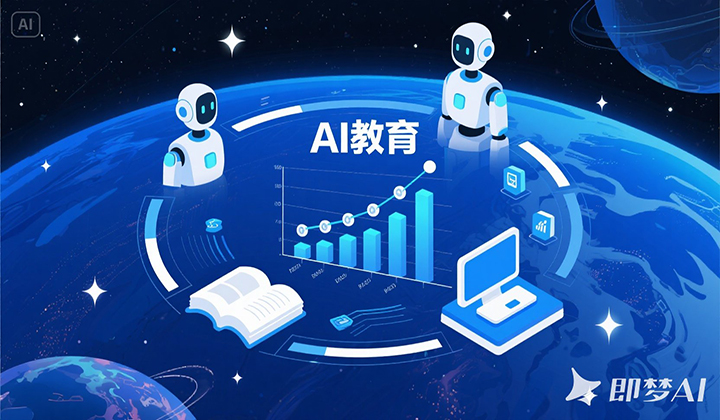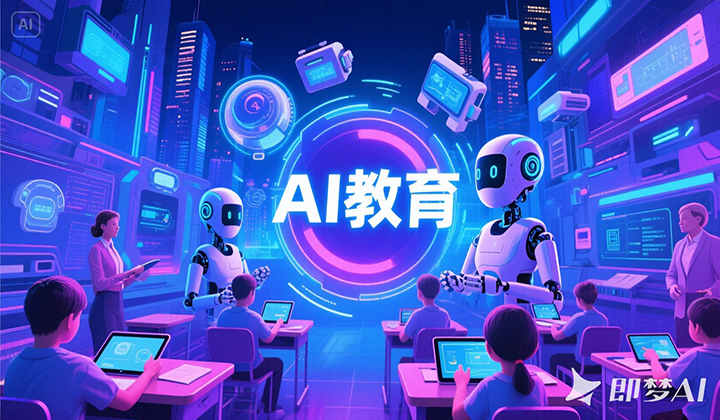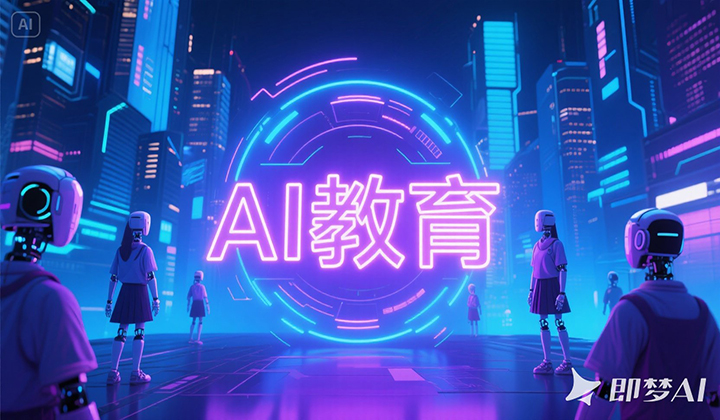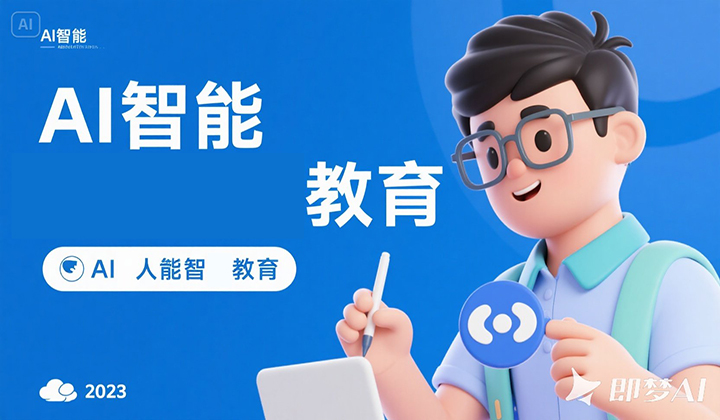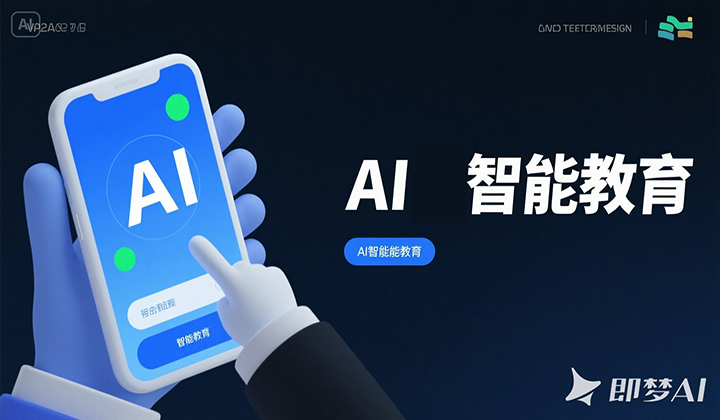2025 - The Year of AI Agents: How Ptalk AI is Redefining Hardware Interaction
As artificial intelligence technologies accelerate their penetration into various industries in 2025, AI Agents are transitioning from concepts to large-scale implementation, becoming the core engine driving the intelligent upgrade of hardware. As a leading solution developed by Aoyun Cloud Innovation Technology (Shenzhen) Co., Ltd., Ptalk AI is reshaping the interaction logic of smart hardware through its deep integration of software and hardware, providing "comprehensible, thoughtful, and actionable" AI Agent support for sectors such as culture and tourism, healthcare, and enterprise services.
1. Technical Breakthroughs: The Core Competitiveness of AI Agents
The essence of an AI Agent lies in its ability to perceive the environment, make autonomous decisions, and execute tasks, with core capabilities embodied in planning, memory, and tool usage. Ptalk AI achieves breakthroughs through the following technological innovations:
-
Low-Power Voice Interaction Module
Equipped with a self-developed speech recognition chip supporting both WIFI and 4G communication modes, this module achieves 95% recognition accuracy in quiet environments and 2-second wake-up response within a compact size of 25mm×45mm. With a built-in local offline command library, it can still capture user instructions accurately through adaptive noise reduction algorithms in weak or no-network environments, ensuring stable operation of basic functions. -
Multimodal Knowledge Bases and Personalized Services
Based on a large model-driven semantic network, Ptalk AI supports multilingual interaction (e.g., English, Cantonese, Japanese) and can customize exclusive knowledge bases for different industries. For example, in cultural tourism, its AI tour guide not only provides scenic spot explanations but also generates personalized itineraries through dynamic route planning tools; in healthcare, it can integrate automated services like appointment management and medication reminders, achieving deep integration of "AI Agents + vertical scenarios." -
Low-Cost Hardware Adaptation Solutions
Through optimized chip selection and modular design, Ptalk AI reduces hardware costs by over 30% while maintaining 92% recognition accuracy in noisy environments. This feature enables rapid integration into existing devices such as toys and walkie-talkies, allowing intelligent upgrades without retooling production lines—ideal for mass-produced consumer hardware.
2. Industry Applications: Scenario-Based Implementation of AI Agents
The value of Ptalk AI extends beyond technology to its precise resolution of industry pain points:
-
Cultural Tourism: Deploying AI tour guide agents in scenic spots like Wugong Mountain and Phoenix Ancient Town, it offers multilingual and dialect-adaptive (e.g., Chaoshan dialect) interpretation services. The system also recommends off-the-beaten-path attractions based on real-time crowd data, alleviating pressure in popular areas and enhancing the visitor experience.
-
Enterprise Services: In the business gift sector, Ptalk AI integrates corporate culture and product information into smart dolls, enabling vivid brand storytelling through voice interaction. A tech company saw a 40% increase in brand awareness and a 25% improvement in business gift conversion rates through customized agents.
-
Silver Economy: Collaborating with toy manufacturers on health companion AI agents for the elderly, these products feature traditional Chinese medicine health knowledge bases and emotional dialogue functions. Tests show that senior users interact with the product for over 1.5 hours daily, with loneliness scores decreasing by 32%.
3. Future Trends: Building the AI Agent Ecosystem
As 2025 marks the "Year of AI Agents," industry competition will shift from single-function rivalry to ecosystem construction. Ptalk AI is seizing opportunities through the following strategies:
-
Open Platform and Developer Ecosystem
Launching an AI Agent development toolkit that allows users to customize dialogue logic, knowledge bases, and interaction flows via a visual interface. Developers can create exclusive agents without programming and deploy them to Ptalk AI hardware modules with one click, significantly lowering development barriers. -
Multi-Agent Collaboration System
Exploring cross-device agent collaboration, such as real-time interaction between visitors’ smart guides and AI agents in scenic area broadcasts and intelligent streetlights to form a closed-loop service of "voice commands - environmental responses." This collaborative model has improved problem-solving efficiency by 60% in a pilot scenic area. -
Security and Governance Framework
Addressing potential risks like privacy leaks and decision bias, Ptalk AI employs a three-layer protection system of data encryption + permission grading + behavior auditing. Federated learning ensures local data remains within the domain, while manual review mechanisms verify the compliance of agent outputs, ensuring reliability in commercial applications.
The New Paradigm of Hardware in the AI Agent Era
As AI Agents move from laboratories to consumer markets, Ptalk AI is leverage hardware interaction reform through technological innovation. Its successful practices in cultural tourism and enterprise services demonstrate that AI Agents are not just tools to enhance product value but core drivers for reconstructing industry ecosystems. With the acceleration of AI Agent scaling in 2025, Ptalk AI will continue to define new standards for the smart hardware industry with its philosophy of "Technology Leading the Future."







